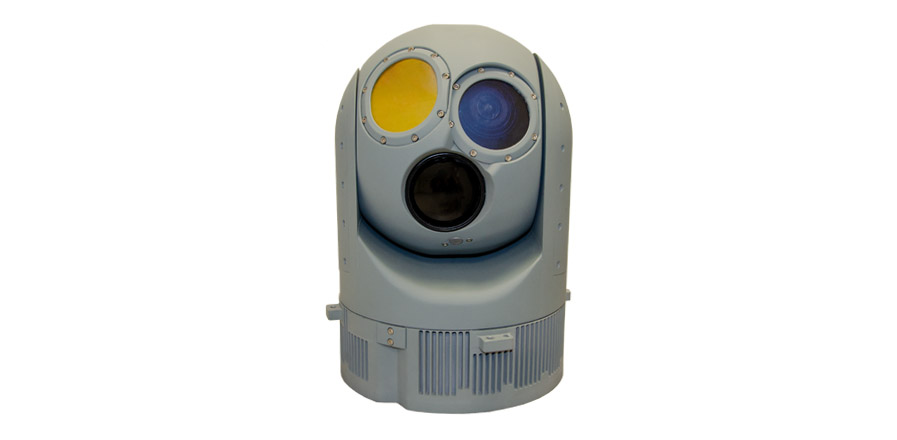


IMDEX 2019: CONTROP debuts upgraded iSea-25HD EO/IR Payload (by Jane’s Defence)
Israel’s Controp Precision Technologies took the opportunity at the IMDEX 2019 exhibition, held in Singapore from 14 to 16 May, to unveil an improved version of its iSea-25HD electro- optical/infrared (EO/IR) payload.Although only launched recently at the Euronaval 2018 exhibition in Paris, Controp’s vice- president of marketing, Ra’anan Shelach, revealed to Jane’s that the iSea-25HD payload – which is primarily designed to equip naval remote weapon station (RWS) or gun turrets armed with 20 mm to 40 mm calibre weapons, as well as support small boat operations – has been updated with a new high operating temperature (HOT) XBn IR detector with a 640×512 format focal plane array (FPA).

“It has been only six months since we initially launched our iSea-25HD payload and we are now proudly introducing it with extended capabilities, a result of an intensive development process to meet the harsh and challenging environmental conditions of an Asian customer,” said Shelach, although he was unable to disclose further details. Delivery and installation of the updated payloads are expected to be completed by the end of 2019.Controp claims that the new XBn detector will offer extended mean time before failure (MTBF) performance of between 20–30% compared with the original InSb FPA configuration because of reduced system cooling requirements and power consumption. However, the 220 mm diameter and the weight of the 13 kg payload remain unchanged.“A typical thermal detector is cooled to temperatures as low as -200°C and continuously maintained at these ranges during operation,” Shelach explained. “However, with our in-house XBn detector technology, we can achieve the same level of thermal sensitivity and detection performance at temperatures of around -120°C, which significantly reduces the strain on the cooling system.”
The iSeas-25HD is the first model in the Controp’s iSea family of maritime EO/IR payload to receive an XBn-based IR detector. The technology has already been applied to the company’s other products, such as the Tornado-ER panoramic IR scanning and automatic detection system.The gyro-stabilised iSea-25HD payload has been extensively ruggedised to withstand the corrosive marine environment and extreme weather conditions. It also incorporates proprietary software and hardware-based stabilisation mechanisms specifically designed to counter constant shock and vibrations caused by gun fire, while maintaining boresight alignment between the weapon and visual targets.According to company specifications, the standard iSea-25HD configuration comprises a high- resolution colour CCD daylight channel with continuous zoom capability, covering a field of view (FoV) of 60° to 2.3°, a continuous zoom 3-5µ IR detector with a FoV of 36° to 1.8° with a stated detection range of 7 n miles for a small boat target, and an eye-safe laser rangefinder (ELRF) with a range of up to 12 km.Optional equipment can include advanced image processing and video enhancement algorithms.The iSea-25HD has also been acquired by customers in Africa and the South Pacific and replaces the smaller iSea-20HD. It joins two other payloads in the iSea maritime EO/IR payload series: the iSea-30HD and iSea-50HD.
Comment
Controp earlier introduced short-wave infrared (SWIR) capabilities into several of its airborne and maritime EO/IR products, including the iSea-50HD maritime payload. The new SWIR channel – understood to have been introduced towards the end of 2017 – aims to enhance surveillance performance in unfavourable atmospheric conditions during the day and in low light, which is particularly acute in the Asia Pacific because of the tropical weather conditions such as high humidity, cloudiness, and haze degrading. These challenges often degrade the quality of conventional video imagery.
Reading: IMDEX 2019: CONTROP debuts upgraded iSea-25HD EO/IR Payload (by Jane’s Defence)